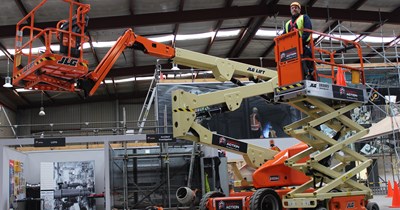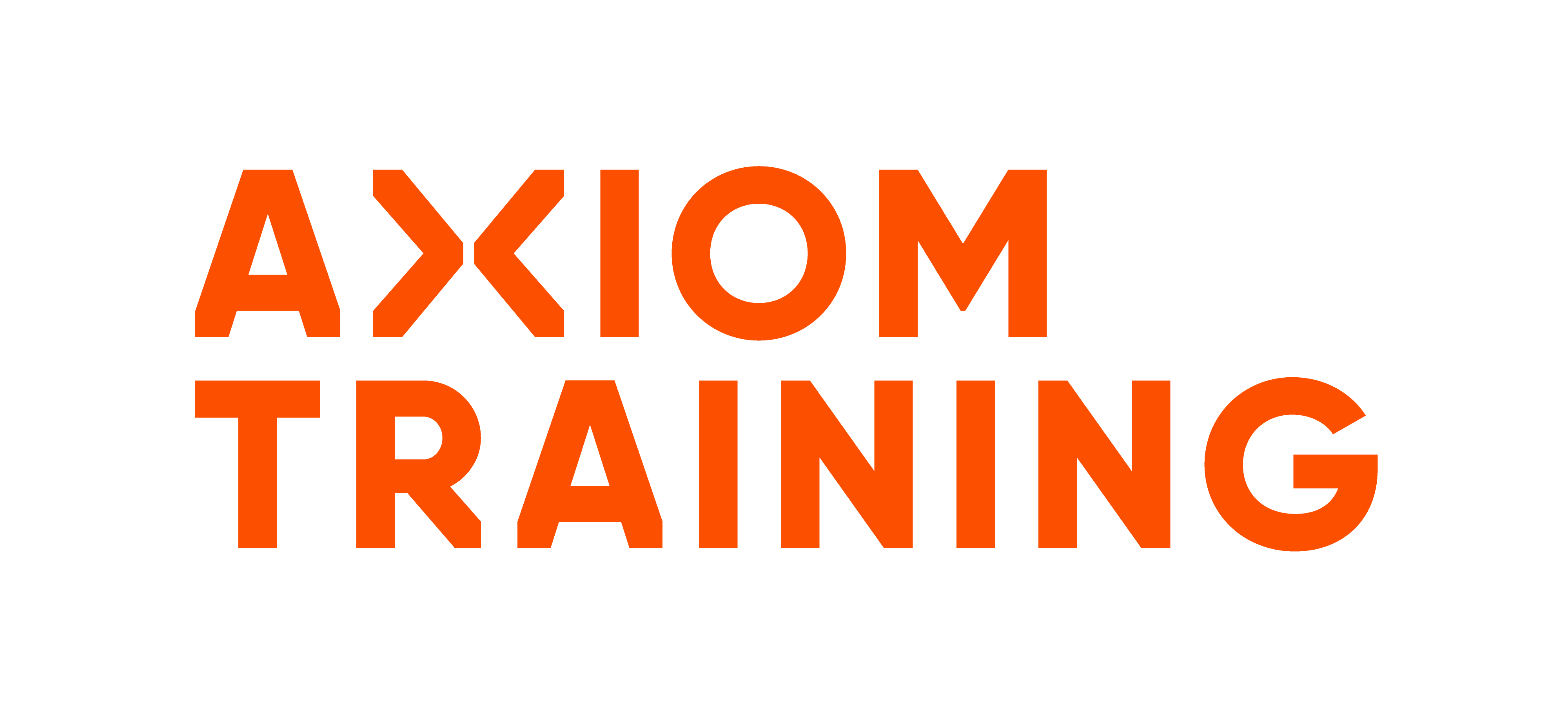H&S Tech Tip: Mobile Elevated Work Platform Operation
Mobile Elevating Work Platforms (MEWP) are useful but complex pieces of equipment that are often used for access in hazardous areas. People have been seriously injured and killed in accidents involving MEWP.
The causes of these accidents have included:
- Inadequate training and supervision;
- Not following the manufacturer’s recommendations;
- Equipment failure;
- Failure to fully assess the hazards and risks of the job, site and the equipment.
It is absolutely imperative that those responsible for planning the use of MEWP ensure that the correct type of machine is selected for the work activity to be carried out and that operators are competent to operate the type of machine being used.
Notification of Particular Hazardous Work
The Health and Safety in Employment Regulations 1995 require PCBUs as well as the person who controls a place of work to provide at least 24 hour’s notice to WorkSafe of particularly hazardous work. An example of work that might require notification is ‘Construction work – where any person may fall 5 metres or more’. If in doubt contact your local WorkSafe office for guidance.
If you are working with Mobile Elevated Work Platform, remember the old saying "Look up and Live!"
Need further information?
Contact our Customer Service team






